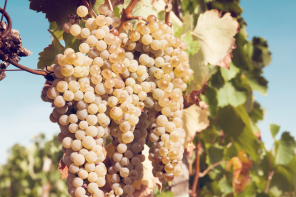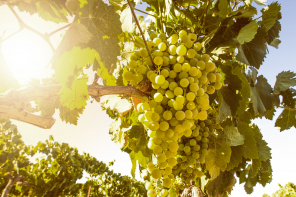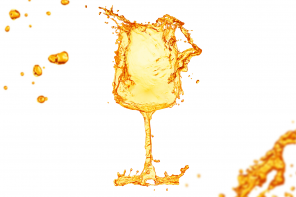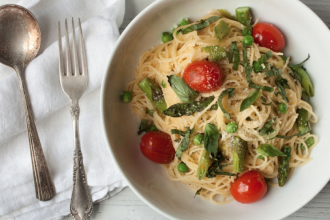If Tokaji is Hungary’s most celebrated white wine, Egri Bikavér is certainly its most renowned red. Also known by its sobriquet “Bull’s Blood,” Egri Bikavér is a blend based on Hungary’s wealth of indigenous grape varieties, seasoned with the odd international grape.
Eger is in northern Hungary, situated along an offshoot of the Ohře River. It is a city of profoundly beautiful architecture and world-famous thermal baths. The climate here, as throughout the rest of Hungary, is continental. Warm summers and cold winters help dictate what happens in the vineyard. Like many regions which were part of the post-WWII Eastern Bloc, Hungary’s wine industry suffered under the USSR. After the fall of Communism, the industry bounced back and has since enjoyed a vastly improved reputation not only for other historic styles like Tokaji, but international varieties like Pinot Noir, Chardonnay and others as well.
The exact varietal ingredients of Bull’s Blood have evolved over the years. The modern cuvée is a reflection of newly introduced international varieties along with the traditional grapes rooted in Hungary and throughout Eastern Europe. Kékfrankos, which some of you may have encountered before as Blaufränkisch, lies at the heart of Bull’s Blood.
A bit about Kékfrankos. It’s one of the many offspring of Gouais Blanc and makes moderately tannic wines that can be quite spicy. Today, it’s one of the more widely grown local red grapes in Hungary. Although Kékfrankos dominates the Bull’s Blood blend, this wasn’t always the case.
Kadarka, one of the specialties of Hungary, which fell in favor under Communist rule, was once the driving force behind Egri Bikavér. Prior to phylloxera, Kadarka could be found in many of Hungary’s vineyards. After the louse left virtually no vine standing, varieties that were easier to grow like Kékfrankos were replanted in lieu of it; Kadarka is late-ripening and prone to rot. Kadarka still makes its way into the Bull’s Blood blend, but plays more of a background role.
So now we know what it is and where it comes from, but when and how did this wonderful wine come to be? The origins of its name are rooted in legend. In 1552, the Ottomans laid siege to Eger, far outnumbering the Hungarian defenders holed up in the Castle of Eger. To bolster the troops after their seemingly endless struggle with the Turks, the Hungarians were given plenty of food served with red wine to wash it all down. Thirsty as they were, they drained their cups with great gusto. The wine is said to have streamed down their faces, staining their beards and armor. The Turks saw this and believed the Hungarians were drinking bull’s blood, which they concluded was the source of the inexhaustible strength their opponents had shown on the battlefield. The Turks packed up and went home and the castle still stands today. As far as the wine itself goes, the oldest records date back to the 19th century.
The modern era has seen a new classification system for Egri Bikavér. Standard Bikavér must contain at least three varieties in the blend, including Kékfrankos. In order to qualify for Egri Bikavér Superior, no less than five grapes must make their way into the cuvée, with Kékfrankos once again acting as the cornerstone. Wines classified as Superior also have a restriction on the amount of Cabernet Sauvignon and Franc that can be added.
Wondering what to eat with your Egri Bikavér once you track down a bottle? The best examples are full of red and black fruits. That Kékfrankos spiciness makes it a great choice with game and barbecue. It’s a natural pairing for stews – look no further than a bowl of goulash for confirmation. Just be sure to avoid cheap and cheerful versions of this wine – they’re poor representations of the complex, powerful, and delicious wine that is Egri Bikavér.








